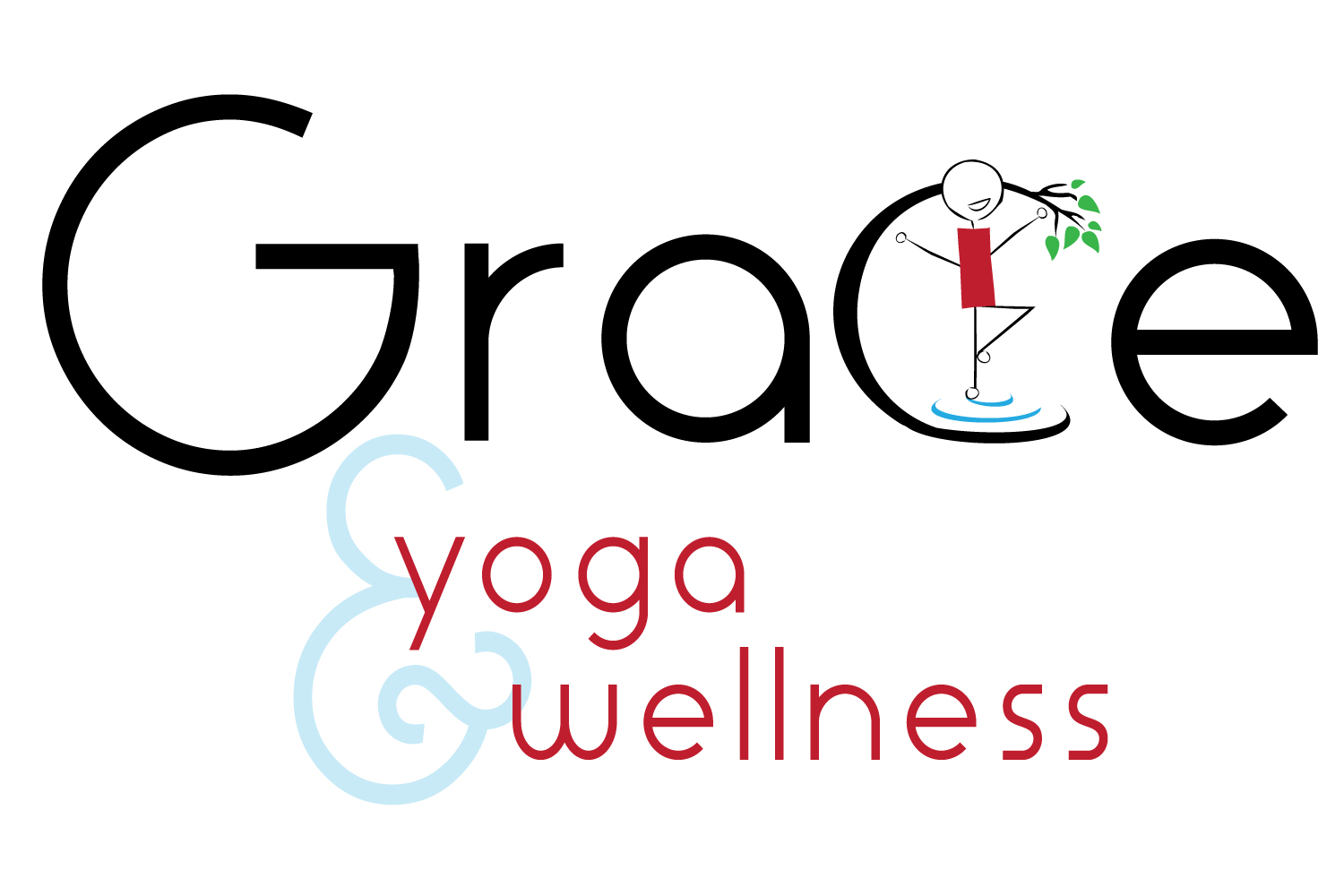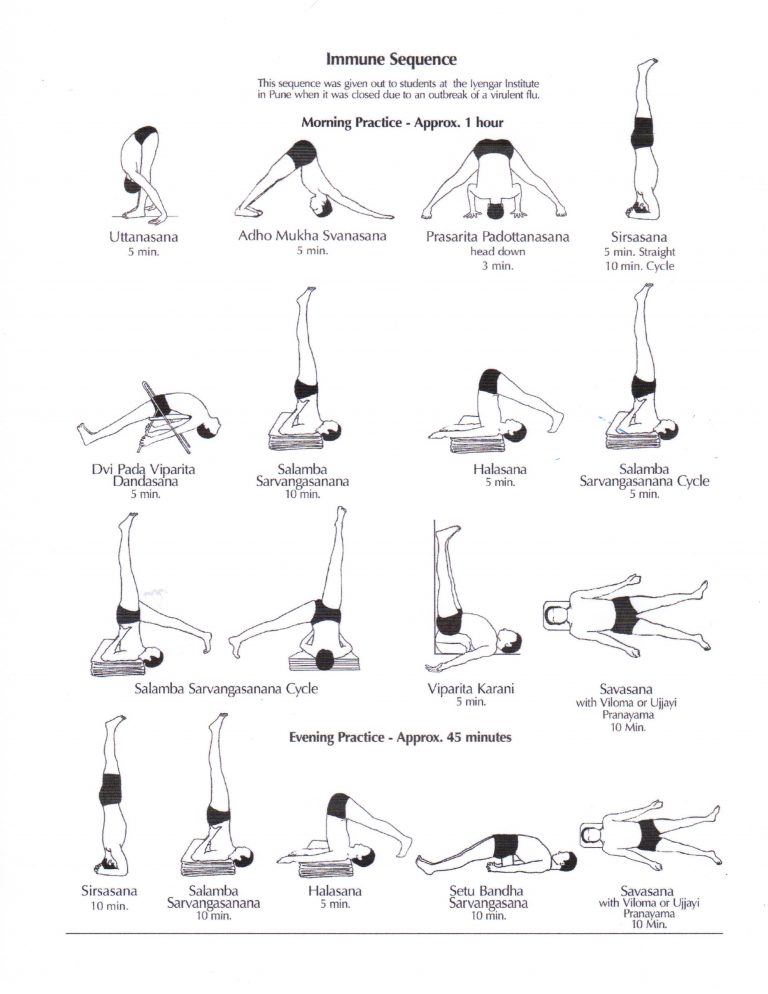Why do we use props
You have seen them in the studio, you have seen them at gyms, you might have even seen them in stores like Best Buy and Sprouts; but why do people use yoga props? Some examples of yoga props include (but are not limited to): mats, blocks, straps, blankets, bolsters, chairs, planks, poles, and even the wall. Just about anything can be used as a yoga prop. I have used things at home when I don’t have traditional props to make my poses better. Some of the non-traditional items I have used, personally, include: books, my jewelry box, Shayla’s karate belt, a tie, and children’s cardboard toy blocks. Here is an in depth explanation of some common yoga props, and what their main purpose is.
Blocks come in varied shapes, sizes and materials. Most often, blocks are about 3″x5″x9″ and the best material is wood. You can find blocks of other sizes, and materials such as foam and cork. The lighter block material is better for travel, but does not last as long, and will compress under weight (not good for balance). Blocks can be used to lift the height of a pose (such when you can’t reach the floor in Triangle Pose) In essence, we use a block to make the floor higher. The block is firm and stable and offers the same balance potential as the floor. Another way the block can help is to increase the strength of a pose (such as when we stand in Mountain Pose and hold the block over head) the arms work, and the spine extends up. The whole pose becomes more alert and strong! The block can also be used on the bottom of the foot to open up each joint of the foot.
- Straps are a very fun prop, as they can be used to tie our selves up 🙂 On a more serious note, when we tie something together (such as our elbows in Shoulder Stand) the body doesn’t have to work as hard, and freedom comes more naturally (when we strap the arms in Shoulder Stand, the arms can press into the floor easier, and the neck and throat soften). Straps can also be used to lengthen the arms and/or legs (such as in Standing Hand-to-foot Pose). If you can’t quite reach your toe with your hand, you can capture your foot with the strap and still stand upright.
- Blankets are a softer alternative to the block, and can be folded in any shape to support where needed. Blankets are used to elevate the spine, pelvis, and knees in many sitting and reclining postures. When the spine, buttocks, or hamstrings (or all of them at the same time) are tight, sitting on the floor is very difficult. By adding one or more blankets, sitting poses are now possible. Blankets are also used in many Inverted Poses, as well as Breathing Practices.
- Chairs are a very versatile prop. Yoga chairs are similar to metal folding chairs, but have had the back rest removed. Chairs can be used in place of blocks (if the floor is too far away) for your hands, or turned upside down for your foot in many poses. You can put one leg through the chair (Warrior 1) if balance is hard, or if there is a knee complaint. You can step both legs through the chair and slide through to work on various back bends (Bow Pose). You can even back bend over the top of the chair (don’t try this without teacher supervision 😉 ). There are many adaptations for standing poses in a chair. When you use a chair, you could be focusing on alignment, balance, or isolating specific body parts in each pose.
- Mats might not seem like an obvious yoga prop because people use it most of the time, but a yoga mat is optional. The yoga mat comes in many colors, materials, thicknesses, and prices! The primary function of the yoga mat is grip. Many yoga poses have a wide leg stance (Wide-leg Forward Bend), and slipping is a concern. If you were to slip, there is a good chance you could hurt yourself (just imagine crashing on your head in Downward Dog Pose). Yoga mats can be used in many ways besides just to stand on. You could fold your mat and sit on it if you did not have a blanket, or fold your mat and put it on your chair when you practice back bends. A rolled up yoga mat is a nice spine support, if you lay on it lengthwise. Sometimes, the cheaper thinner mat is more versatile and practical to carry around.
There are days in yoga class, when it seems like we use every prop in the house, and there are days that we only use one blanket, but yoga is not about the props. Yoga is about getting to know your body and mind. Each time you grab a prop, it is meant to help you travel deeper into your self. Ask your self, “What does this mean when it is easier with this prop?”. If you come up with no response, ask me; I might have an answer. In our yoga poses, we are looking for correct alignment. When we have correct alignment, we have open channels in our body, mind, and consciousness. When we have open channels, change can happen, and we can go deeper. That is the short answer on the topic of props.



